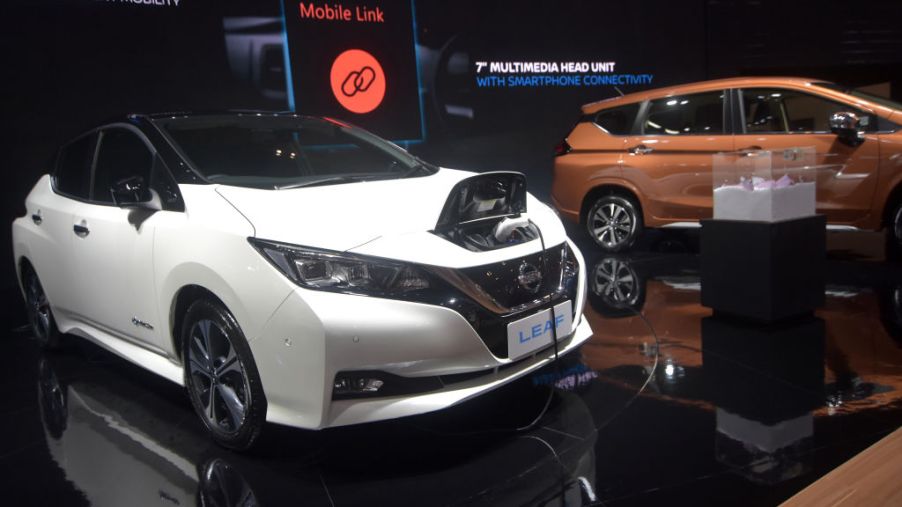
How to Choose Between the Chevy Bolt EV or Nissan Leaf
The Nissan Leaf and Chevy Bolt EV are two electric vehicles with pretty clever names. Obviously, the Leaf must be green, and the Bolt must pack a ton of electrical power. A leaf and a lightning bolt are both all-natural to the environment, even if one is a bit more aggressive sounding.
Both models have a new 2020 version too, but which one is better? Also, how do these electric cars stack up against the competition?
The Nissan Leaf vs. the Chevy Bolt EV
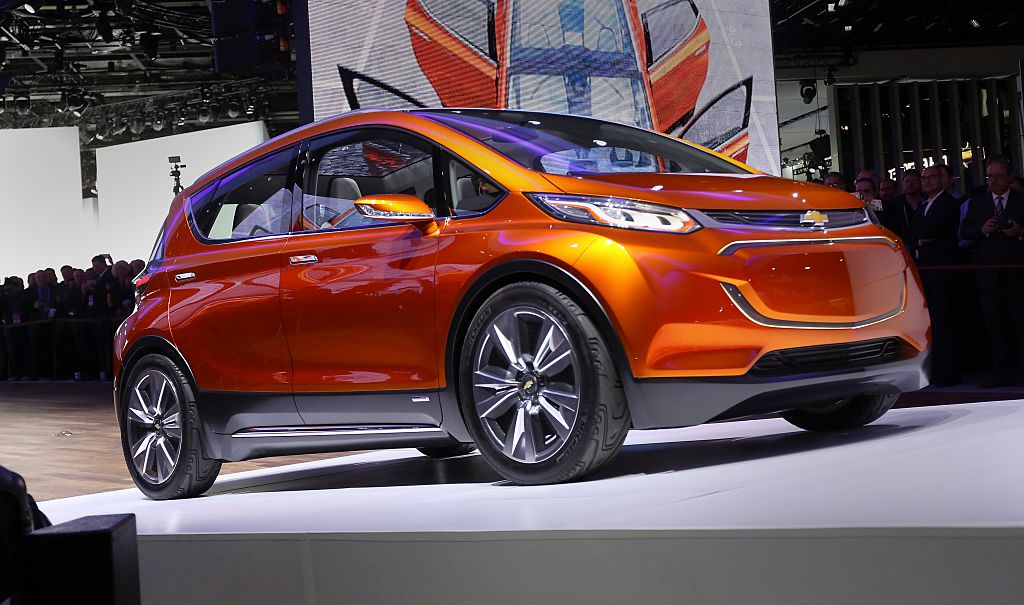
Chevy Bolt EV concept | Chevy
The Nissan Leaf quickly grabbed my attention by being priced around $32,000. At this price, it’s very competitive with the Kia Soul EV and Mini Cooper SE. The Chevrolet Bolt EV starts around $35,000, which is cheaper than the other Bolt models and only a few extra thousand compared to other electric vehicles. This makes us wonder exactly what you get for paying a little more for the Bolt.
How much power do the Leaf and Bolt have?
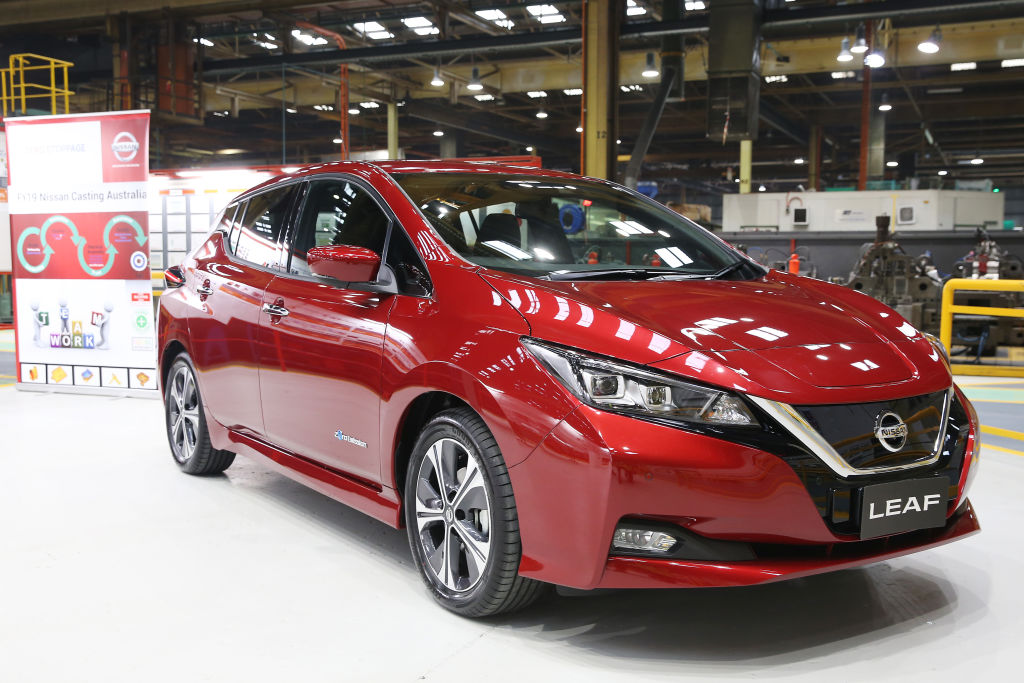
According to Car and Driver, the Nissan Leaf is packed with green power. It’s got a 40 kWh battery with an output of 148 hp. The fast acceleration makes this little vehicle fun to punch around town with a ranger of 149 miles on a single charge. This is farther than the range of the Kia Soul EV and Electric Mini Cooper.
Even though we’re comparing base models, we still have to mention the Nissan Leaf Plus’s power. Its 62 kWh battery produces 214 hp with a 226-mile range. Of course, you’ll spend a little extra for this model.
The Chevy Volt EV boasts 200 hp and a 259-mile range on a single charge. This power increase and extra range seem worth an additional $2 to $3k. You can also connect to the MyChevrolet app to see your current charge, terrain, and weather information to find the best route.
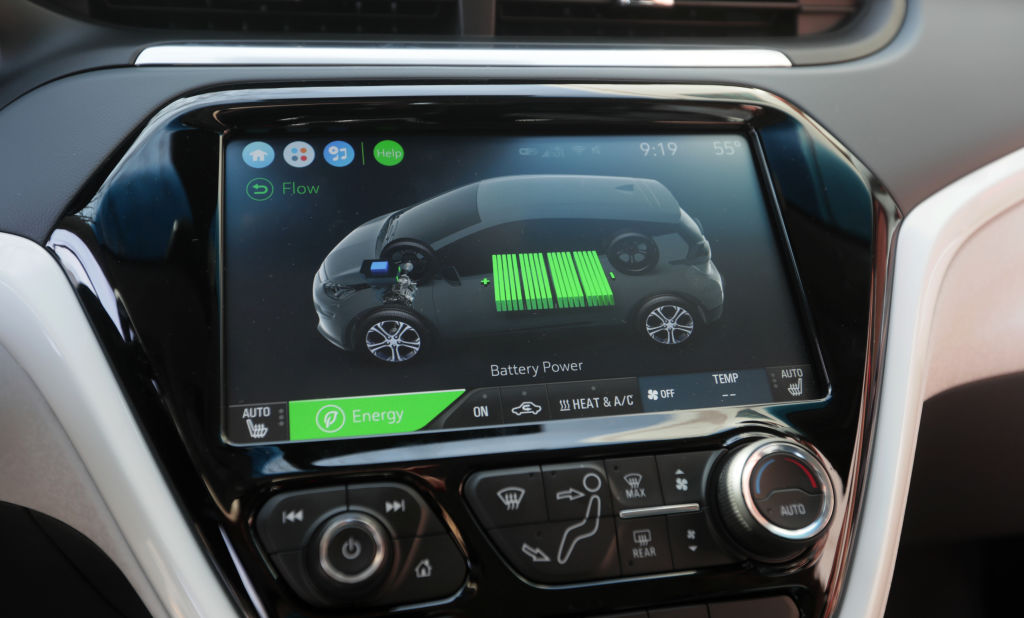
Chevy Bolt EV Touch Screen
The NissanConnect app will also display information about its current charge and will allow you to connect music with your voice, start the engine, and lock the doors remotely. Both the Leaf and Bolt EV claim that they’re as easy to charge as plugging in your cell phone. The Leaf has a portable charging cable and can be charged up to 80% in 40 minutes with the DC quick charging stations located across the country.
The Bolt SE has an optional at-home charging AMP that will provide 25 miles of range per hour of charging. The Quick DC charger also offers 100 miles of range in 30 minutes.
What are the Left and Bolt features like?
Both of these electric cars have a similar curved hatchback design with electric colors that pop.
The Nissan Leaf is 61.4” tall, 70.5” wide, and 176.4” long. It can fit five adults comfortably with cloth seats as the driver and front passenger benefit from being cradled in bucket seats.
However, the Nissan Leaf only has 23.6 cubic feet of cargo space with the back seat up and 30.0 cubic feet of cargo space with the backseat folded down.
The Chevy Bolt EV is 62.8” tall, 69.5” wide, and 164” long. Despite being a little less wide and shorter than the Leaf, the Bolt EV provides 56.6 cubic feet of cargo space with the seats folded down.
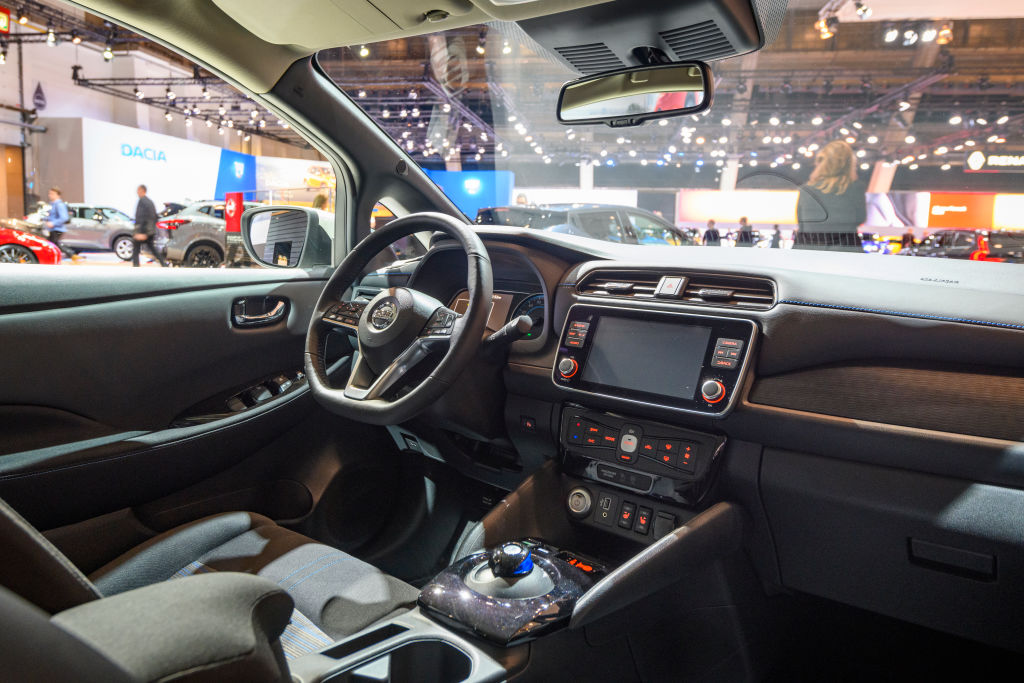
Nissan Leaf Interior
Therefore the Bolt EV might be better for taking items such as bikes and other equipment places while the Leaf provides more space for passengers. Are you a lone wolf, or will you be driving people around? Answering this question can help you chose between the two cars.
Both of these vehicles offer front collision warning and automatic braking with front and rear cameras to see all around them. They also have lane departure warnings and blind-spot monitoring.
Choosing between the Leaf and Bolt EV may come down to wanting more power, cargo space, or passenger space. They seem to feel similar in every other area.



